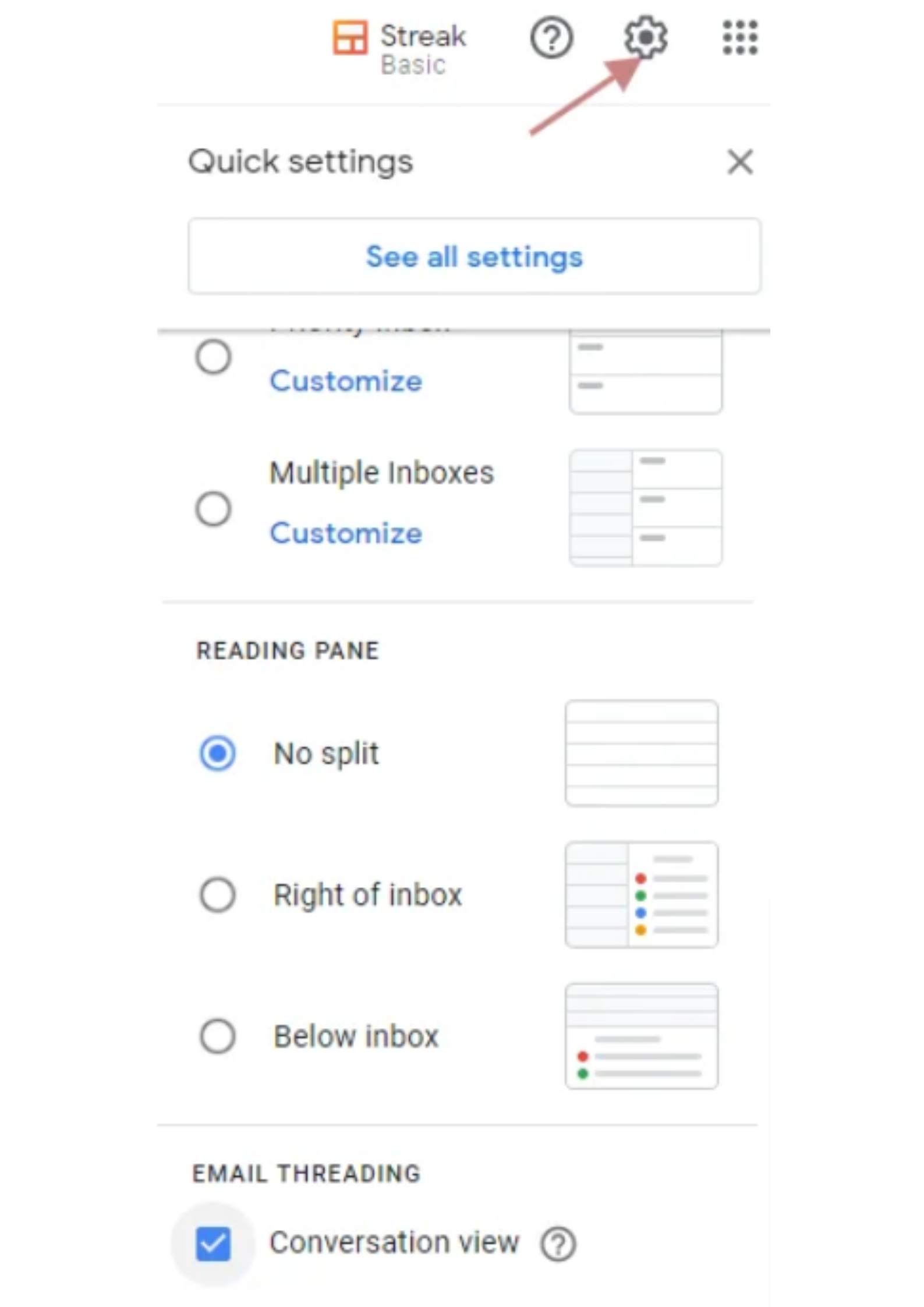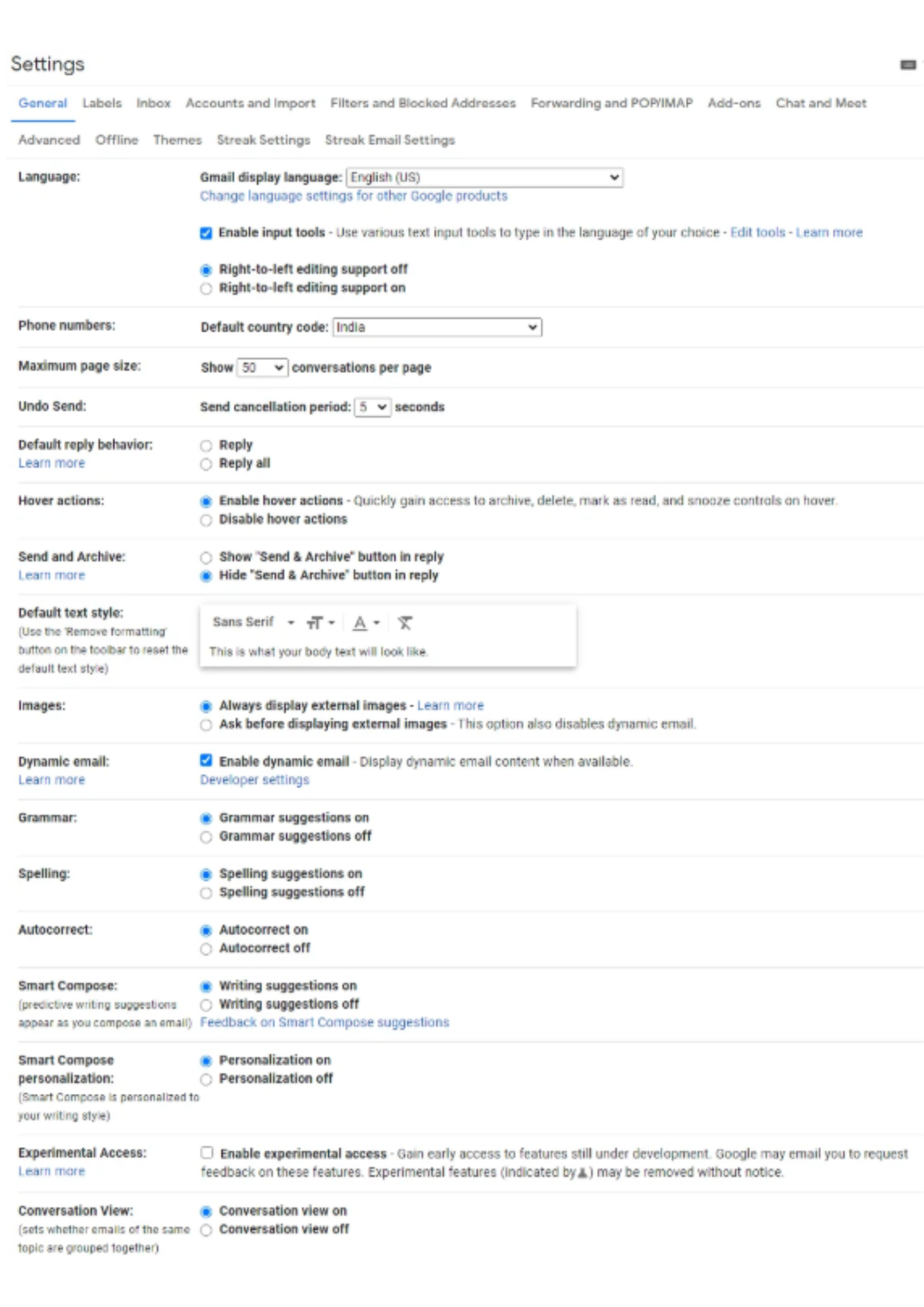- blog
- Cold Emailing
- Email Thread: Best Guide in 2025

Table of Contents
An email thread is a chain of related messages grouped together in a single conversation view. Instead of listing each email separately in your inbox, email threads organize replies and forwards under one subject line. This format provides a cohesive way to follow the flow of a discussion, ensuring continuity and context for everyone involved.
Benefits of an Email Thread – Do I Need It?
Understanding the advantages of using email threads can help improve communication and productivity. Below are some key benefits that make email threading a valuable feature in modern email communication:
✅ Organizing Related Emails
Email threads keep all replies and forwards related to a single topic in one place. This makes it easier to reference earlier messages, track responses, and stay on topic without scrolling through multiple scattered emails. For teams or projects, this organization prevents loss of information and ensures smooth communication.
✅ Reducing the Amount of Email Clutter in Your Inbox
Instead of filling your inbox with multiple entries for every reply, email threads combine messages into one conversation. This helps keep your inbox cleaner and more manageable. It also saves time spent sorting, archiving, or deleting redundant emails.
✅ Streamlining Email Tracking
With email threads, it’s easy to follow the sequence of replies. You can track who said what and when, maintaining a clear timeline. This is especially useful in business communications, customer support, or project management, where accountability and follow-ups are crucial.
✅ Informing Everyone
Email threads help ensure that everyone involved stays informed. When recipients reply all, everyone sees updates in one cohesive thread. This prevents miscommunication and duplicated efforts, keeping the entire team on the same page.
The Disadvantages of an Email Thread
While email threads offer significant advantages, they’re not without challenges. Here are some potential drawbacks to consider:
❌ Too Many People Are on the Distribution List
When multiple people are copied into an email thread, the conversation can become overwhelming. Not everyone needs to see every response, leading to inbox fatigue or missed messages. This also increases the risk of irrelevant replies or confusion over who should take action.
❌ Email Threads Are Not Available on All Email Servers
Not all email clients support threading in the same way. If your server or app doesn’t display threads properly, messages may appear disjointed or out of context. This can cause communication breakdowns, especially when collaborating across different platforms.
❌ The Length of a Thread Seems to Have No Limit
Email threads can become excessively long, especially in ongoing discussions. Long threads can be difficult to navigate, with key information buried deep in earlier messages. Users may need to spend time scrolling or searching for important points, which defeats the purpose of efficient communication.
Turning on Email Thread Mode
Most email platforms allow you to enable or disable thread view. Here’s how you can activate conversation mode in one of the most commonly used platforms:
Gmail
- Open Gmail.
- Click the gear icon to access Settings.

- Scroll to Conversation View.
- Select Conversation View On.

- Save changes.
By enabling this mode, Gmail automatically groups related emails, helping you manage conversations efficiently.
Are There Any Other Uses for Email Thread Mode?
Beyond organizing emails, thread mode offers practical features for managing communication:
Adding Contacts
You can add new recipients mid-thread if someone else needs to be looped in. Just add their email address in the To or CC field while replying. This ensures the new contact gets the full context of the conversation.
Remove the Contacts
To prevent overloading irrelevant recipients, you can remove contacts from a thread. Simply delete their addresses from the CC or To fields when replying. This helps keep the thread relevant and targeted.
Turn Off the Conversation
If you no longer wish to follow a thread, most email clients let you mute or archive the conversation. This prevents future messages in that thread from appearing in your main inbox but still keeps them stored for reference.
The Best Tips for Maintaining an Effective Email Thread
To keep your email threads clear and productive, follow these best practices:
Always Send a Quick Follow-Up
If someone hasn’t replied in a timely manner, send a polite follow-up. This keeps the conversation active and shows initiative, especially in professional settings.
Avoid Using Too Many CCs
Only include relevant people in the CC field. Excessive CCs clutter the thread and may cause important replies to get lost in the noise.
End Each Email with a Call to Action
Always clarify the next step. Whether it’s scheduling a meeting or confirming details, a clear call to action keeps the thread focused and actionable.
Be Specific with Your Requests . . . and Don’t Be Vague
Vague emails lead to vague replies. Specify what you need, who you need it from, and any deadlines involved. Precision prevents miscommunication.
But Don’t Be Too Detailed
Avoid overloading your message with unnecessary details. Keep it concise while ensuring all critical points are covered. Break long points into bullet format if needed.
Always Include a Signature at the End
A professional email signature reinforces your identity and makes it easier for recipients to respond or reach out later. Include your name, title, and preferred contact information.
Examples of Email Thread
To understand how email threads work in real-life situations, consider these examples:
1. Remote Camping
A group planning a camping trip may use an email thread to coordinate supplies, travel schedules, and site bookings. Each response builds on the previous ones, ensuring all participants are updated.
2. Meetings
In a corporate setting, email threads can help schedule, confirm, and share agendas for meetings. Everyone involved can reference the thread to check time slots, changes, and follow-ups.
3. A Research Paper
Academic teams often use threads to review drafts, share references, and provide feedback. This helps keep version control intact and ensures all edits are traceable.
4. A Journal Entry
Writers working on collaborative publications may use threads to brainstorm ideas, submit sections, and finalize drafts. Threads ensure everyone stays aligned across revisions.
Types of Email Threads
Different situations call for different types of email threads. Here are four common variations:
1. The Conventional Thread (aka “The What’s Happening Thread”)
This thread evolves organically as people update each other. Common in workplace or casual settings, it often includes scheduling, brainstorming, or project discussions.
2. The Quick-to-The-Point Thread
Used when brevity is essential. These threads are concise and task-focused, such as confirming an appointment or asking a yes/no question.
3. The Who-Did-What Thread
This thread documents accountability. It outlines who completed what task and when, serving as a record for teams or managers.
4. The Let’s Meet Thread
Focused solely on coordinating meetings. Participants suggest times, confirm availability, and share links or locations.
Conclusion
Email threads are essential for structured, efficient communication. They reduce inbox clutter, maintain context, and streamline follow-ups—especially in collaborative settings. While they come with minor drawbacks, smart usage and thread etiquette can make them a powerful tool for personal and professional productivity. Whether you’re managing a project or simply trying to stay organized, understanding how to use email threads effectively can significantly improve your workflow.

Streamline Your Email Outreach
Stop managing messy email threads. Get organized contact lists for clean, efficient sales communication
